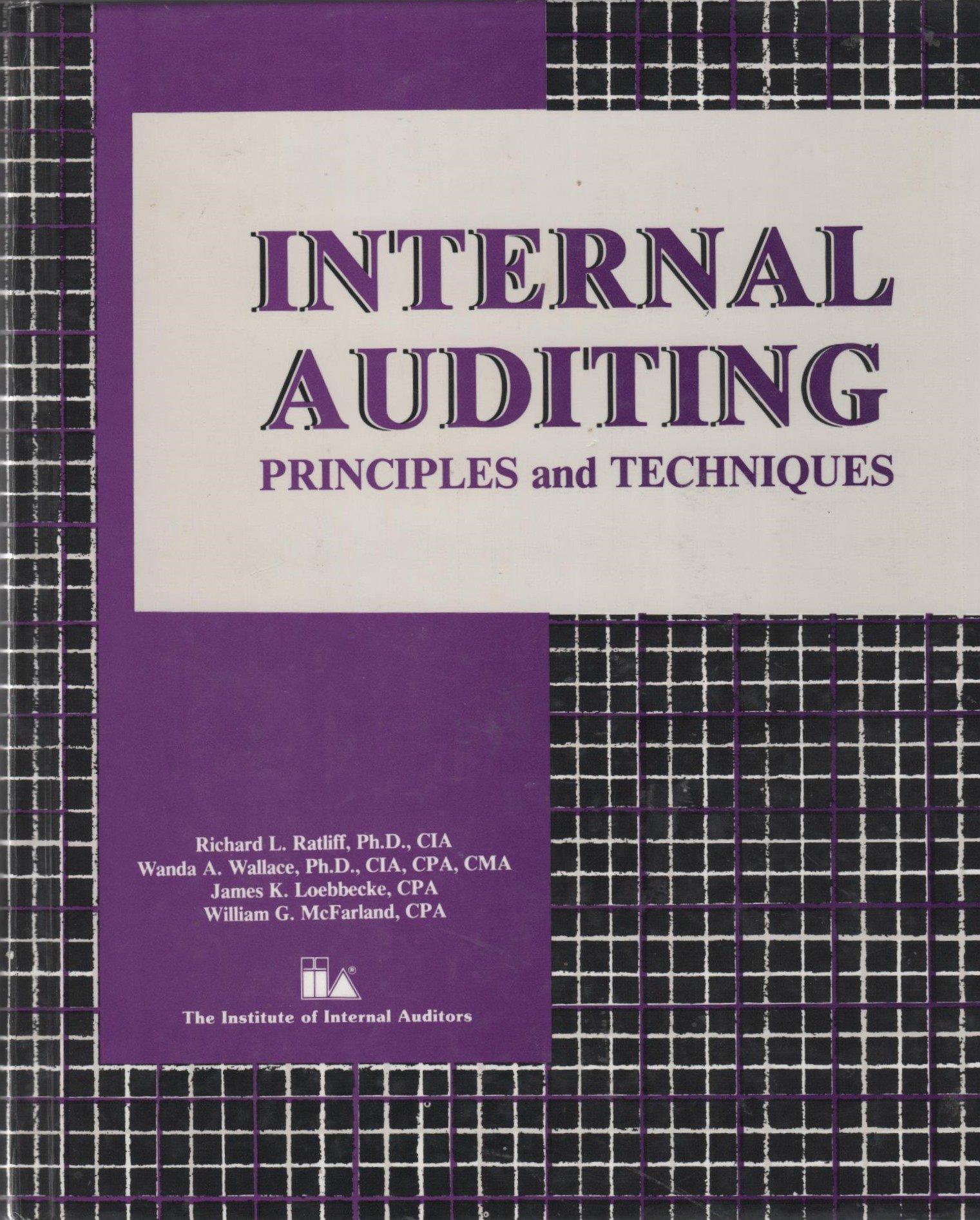Answered step by step
Verified Expert Solution
Question
1 Approved Answer
Please solve question 5e! I need ur all steps and details because the test needs them, thank you. A carpenter makes bespoke rocking chairs. Each


Please solve question 5e! I need ur all steps and details because the test needs them, thank you.
A carpenter makes bespoke rocking chairs. Each week, the number of chairs that he makes matches the demand received from a furniture shop. The probability that the shop demands 10 chairs is 0.4, the probability they demand 15 chairs is 0.35 and the probability they demand 20 chairs is 0.25. Each week he works with a different type of wood, which impacts how much it costs him to make the chairs. The probability the wood per chair costs 20 is 0.3 and the probability the wood per chair costs 30 is 0.7. The furniture shop pays the carpenter an amount dependent on the quality of his work. He makes 30 per chair with probability 0.15, 40 per chair with probability 0.60 or 45 per chair with probability 0.25. The carpenter is a skilled craftsman, but is unreliable at delivering his goods to the furniture shop. After making an order the furniture shop waits one week for delivery with probability 0.55 or two weeks for delivery with probability 0.45. The delivery always arrives before the end of the first week (in the first case) or before the end of the second week (in the second case). 5d. Using the values for demand you generated to answer 5b and 5c, simulate five weeks of orders and deliveries for the furniture shop. Use Row 4 (i.e.04 02 90 28 57 73 45...) of the random number table and two digit random numbers to simulate the variability in the carpenter's delivery times. How many orders are outstanding on average? 5e. What action could improve the accuracy of the estimates in parts b, c and d of this question? Also, how might this be achieved more efficiently than by hand simulation? A carpenter makes bespoke rocking chairs. Each week, the number of chairs that he makes matches the demand received from a furniture shop. The probability that the shop demands 10 chairs is 0.4, the probability they demand 15 chairs is 0.35 and the probability they demand 20 chairs is 0.25. Each week he works with a different type of wood, which impacts how much it costs him to make the chairs. The probability the wood per chair costs 20 is 0.3 and the probability the wood per chair costs 30 is 0.7. The furniture shop pays the carpenter an amount dependent on the quality of his work. He makes 30 per chair with probability 0.15, 40 per chair with probability 0.60 or 45 per chair with probability 0.25. The carpenter is a skilled craftsman, but is unreliable at delivering his goods to the furniture shop. After making an order the furniture shop waits one week for delivery with probability 0.55 or two weeks for delivery with probability 0.45. The delivery always arrives before the end of the first week (in the first case) or before the end of the second week (in the second case). 5d. Using the values for demand you generated to answer 5b and 5c, simulate five weeks of orders and deliveries for the furniture shop. Use Row 4 (i.e.04 02 90 28 57 73 45...) of the random number table and two digit random numbers to simulate the variability in the carpenter's delivery times. How many orders are outstanding on average? 5e. What action could improve the accuracy of the estimates in parts b, c and d of this question? Also, how might this be achieved more efficiently than by hand simulationStep by Step Solution
There are 3 Steps involved in it
Step: 1

Get Instant Access to Expert-Tailored Solutions
See step-by-step solutions with expert insights and AI powered tools for academic success
Step: 2

Step: 3

Ace Your Homework with AI
Get the answers you need in no time with our AI-driven, step-by-step assistance
Get Started


